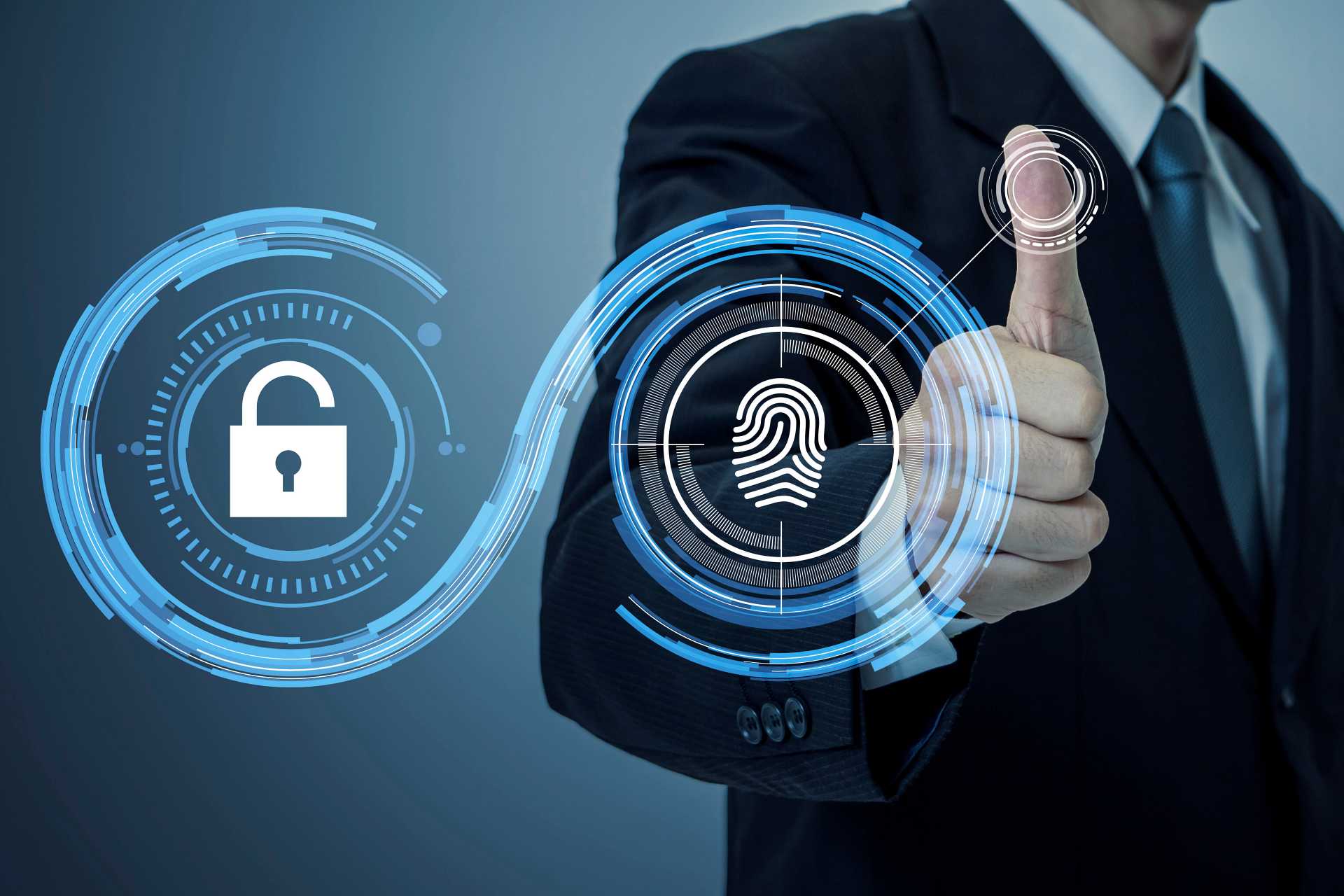Multi-factor biometric authentication
According to Cybersecurity Ventures, the global cost of cybercrime in 2021 reached $ 6 trillion, and by 2025 it is expected to exceed $ 10 trillion. At the same time, Verizon reports that 80% of cyber attacks after March 2020 relied on vulnerable credentials. In this scenario, authentication with a simple password and username is proving increasingly ineffective. Much better is multi-factor authentication, especially the multi-factor biometric authentication. In fact, this authentication includes at least one biometric element that cyber criminals can hardly replicate.
Limits of passwords
Passwords are difficult to protect because users tend to choose predictable combinations. Moreover, they often use the same password for different services. For cybercriminals it is easy to collect information about the user (for example, on social networks), trace passwords and have access to sensitive data.
At the same time, businesses find it difficult to store countless passwords securely, and a single platform breach can affect employees, clients, and partners.
Multi-factor authentication
Multi-factor authentication (MFA) requires the use of multiple elements to confirm a user’s identity. The most common version is two-factor authentication (2FA).
Typically, 2FA asks the user to enter a password and then a second factor, such as a temporary PIN sent via SMS, an OTP through a token, or an answer to a question. Sometimes, multi-factor authentication requires a third factor.
This authentication makes unauthorized access difficult because the factors usually belong to different categories.
The three categories of multi-factor authentication methods are:
- Something the user knows (knowledge): a PIN, a password or the answer to a security question;
- Something that user has (possession): a one-time password (OTP), token, trusted device, smart card or badge;
- Something the user is (inherence): biometric elements such as voice, fingerprint, handwriting or iris patterns, etc.
If the factors of the first category are easy to identify, those of the second and third categories are much more difficult.
Biometric authentication
The biometric recognition includes the verification of at least one biometric identifiers. These are distinctive and measurable characteristics that identify each individual. They can be:
- Physiological
- Fingerprints
- Height
- Weight
- Color and size of the iris
- Retina
- Hand silhouette
- Palm of the hand
- Vascularization
- Ear shape
- Physiognomy of the face
- Behavioral
- Voice imprint
- Handwriting
- Signature
- Keyboard typing style
- Body movements
The physiological identifiers tend to be fixed over time, while the behavioral ones are influenced by the psychological condition.
So, biometric authentication can be performed by analyzing, for example:
- Voice print
- Retina or iris
- Fingerprint or hand
- Facial features
- Typing speed or patterns in keypress
Benefits of multi-factor biometrical authentication
It is likely that passwords will disappear in the future and identity verification will be done exclusively through multi-factor biometric authentication. Indeed, the possible combinations are unlimited! For example, we could log into our home banking using voice print and fingerprint, or retina and facial structure. Moreover, the request of additional biometric factors could make this authentication method practically infallible, without affecting the user experience.
After all, there are already at least two reasons why biometric authentication is preferable over other methods today:
- More convenience for the user
Biometric authentication requires minimal effort from users. They no longer have to remember passwords. In most cases, they just need to look at their smartphone camera, place a finger on the screen, or just talk.
- Higher security
Cybercriminals are currently unable to falsify biometric traits, which change from person to person and cannot be standardized. But what if a cybercriminal threatens a user to access their data via biometric recognition? In such case, artificial intelligence and machine learning offer additional security. These innovations are in fact able to recognize anomalous details and understand if an access request is honest or not.








